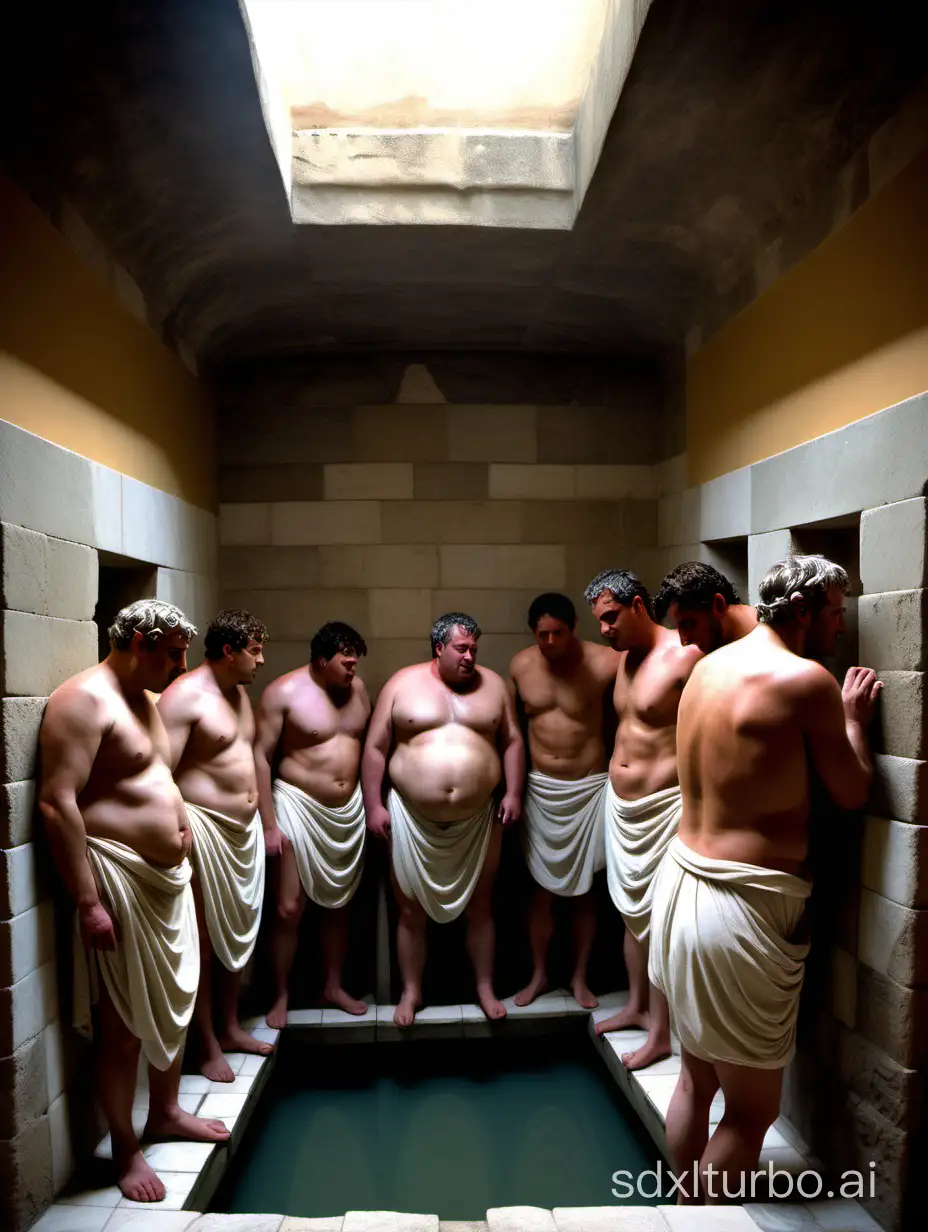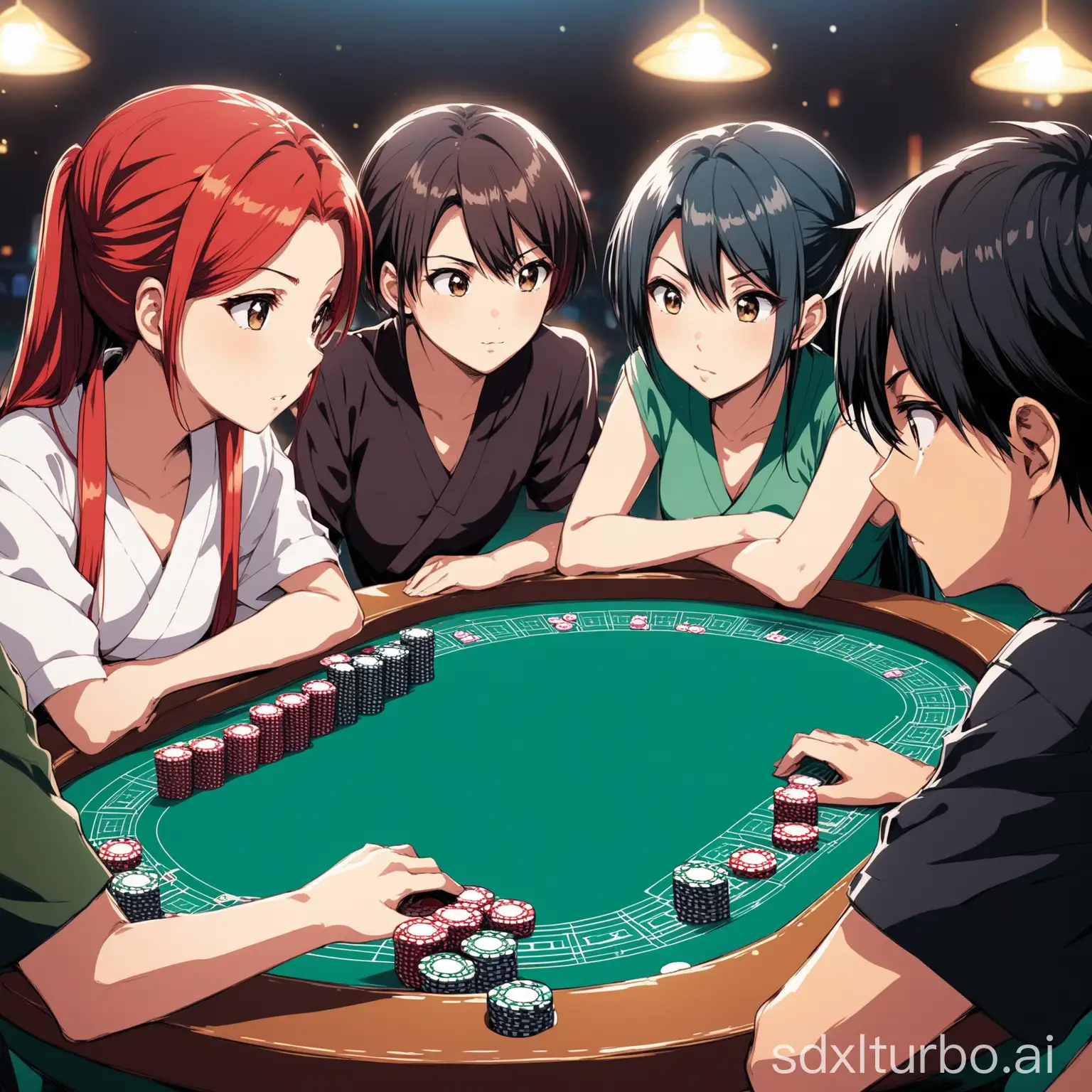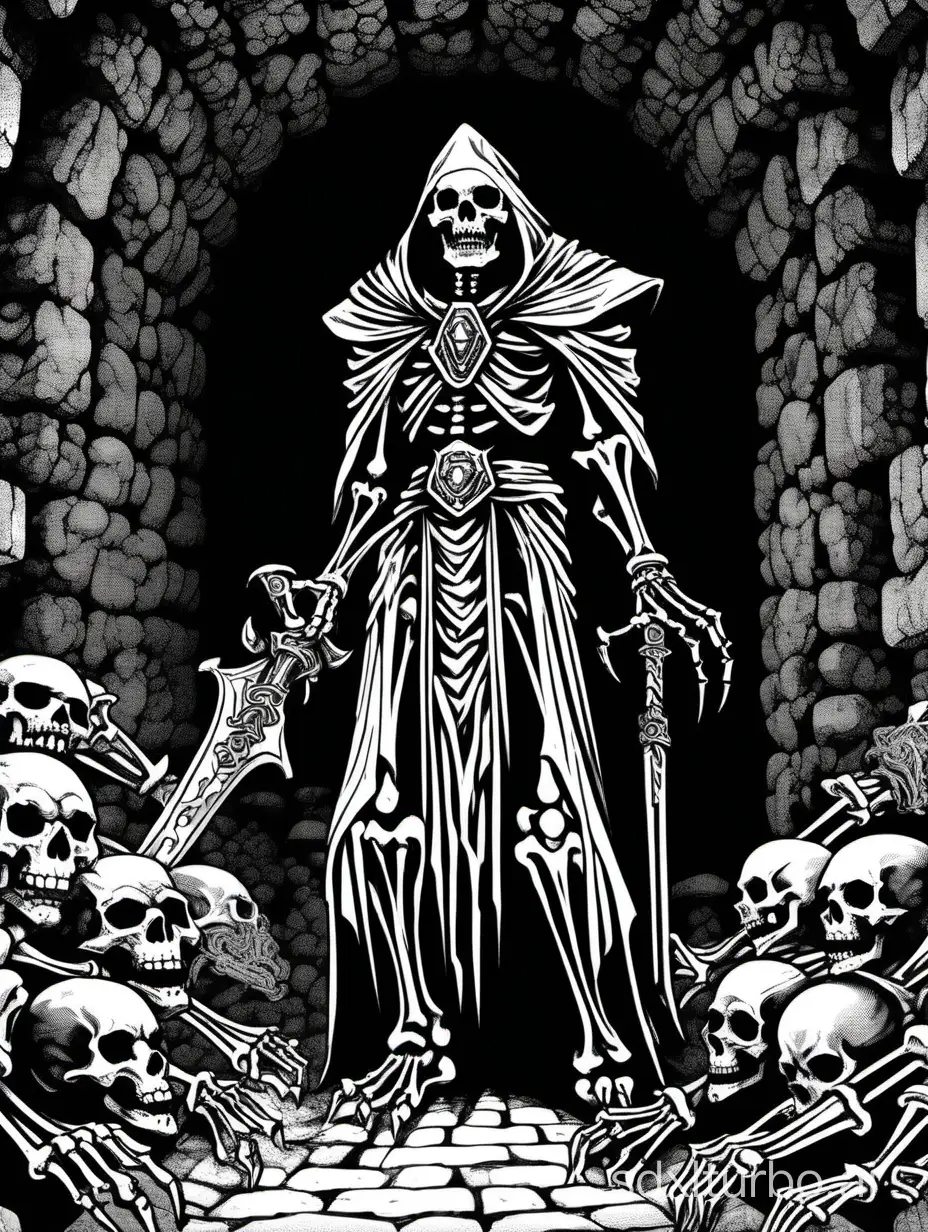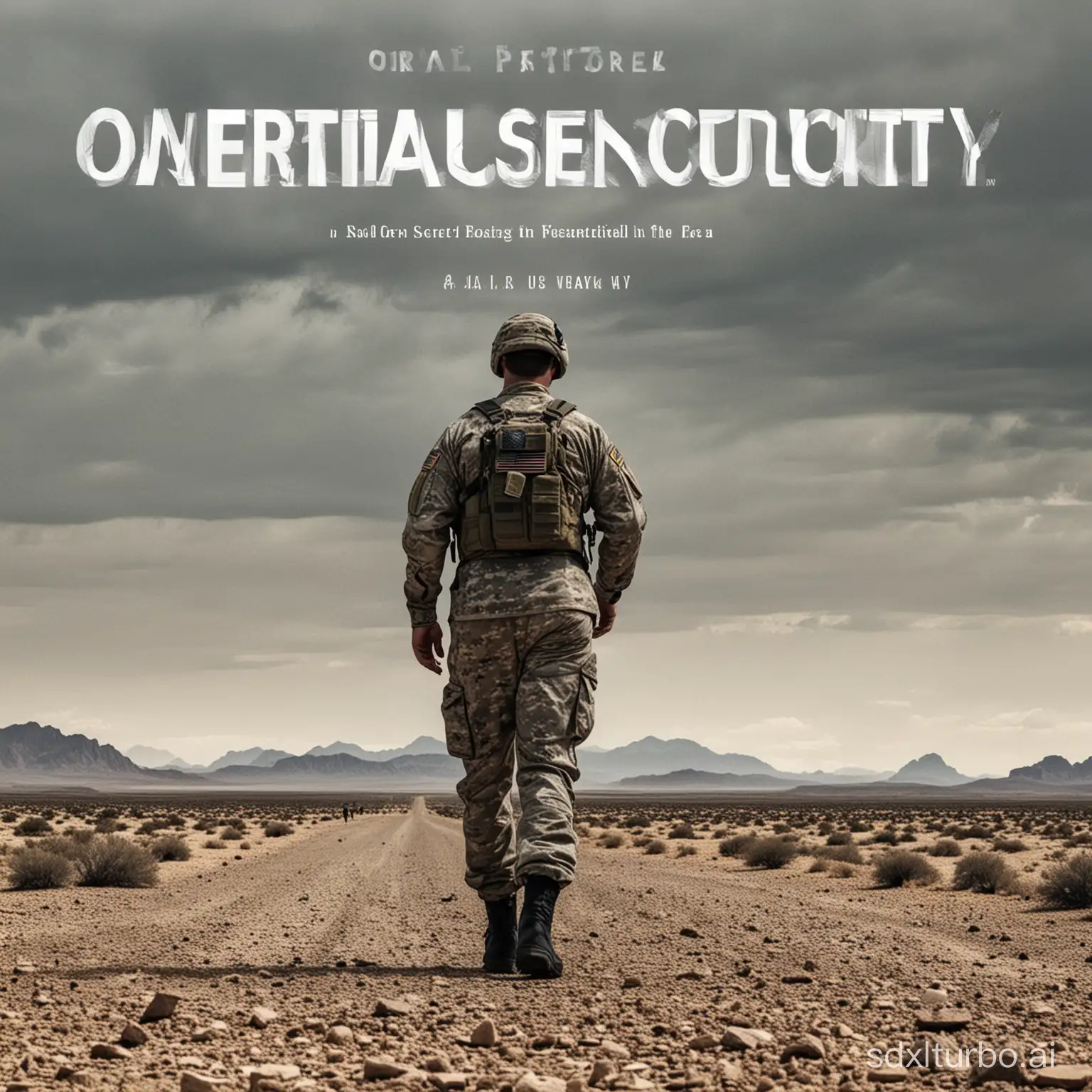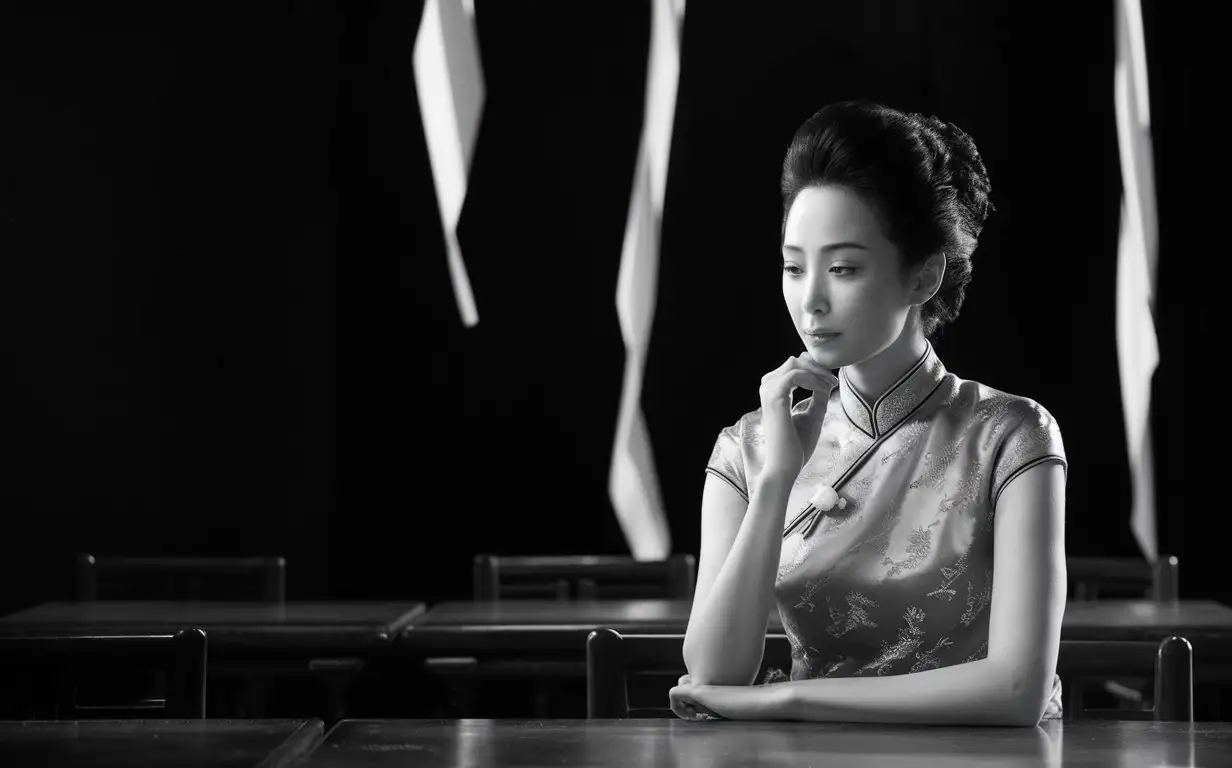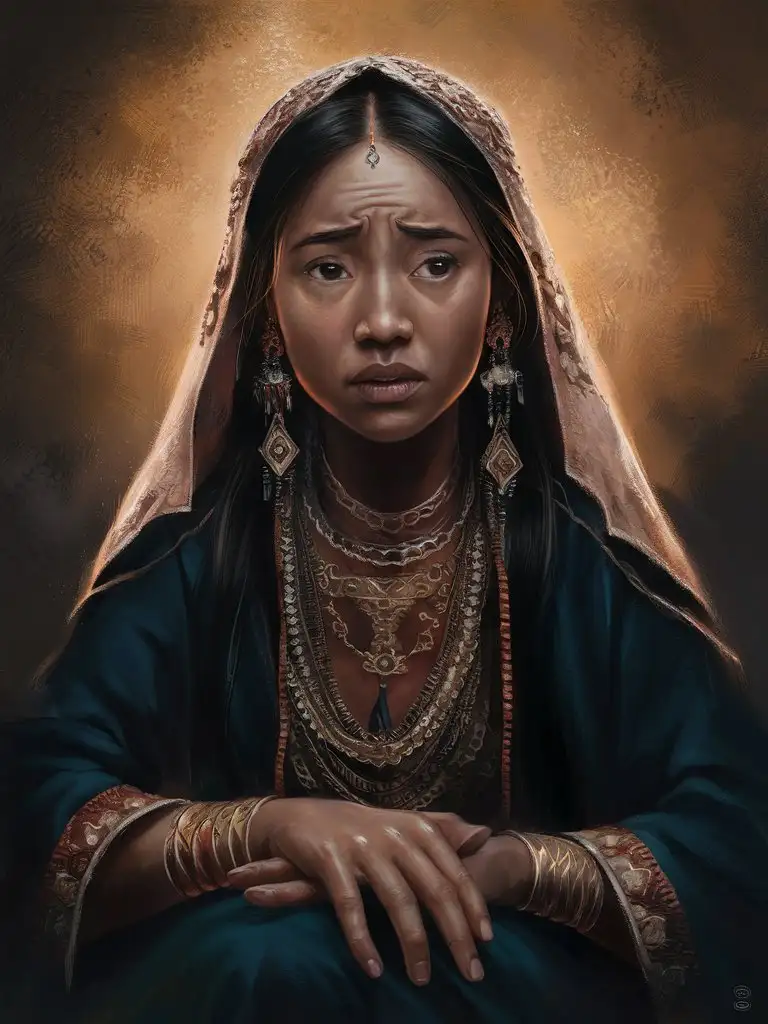Wise Philosopher Contemplating Life in the Ancient Era of 400 AD
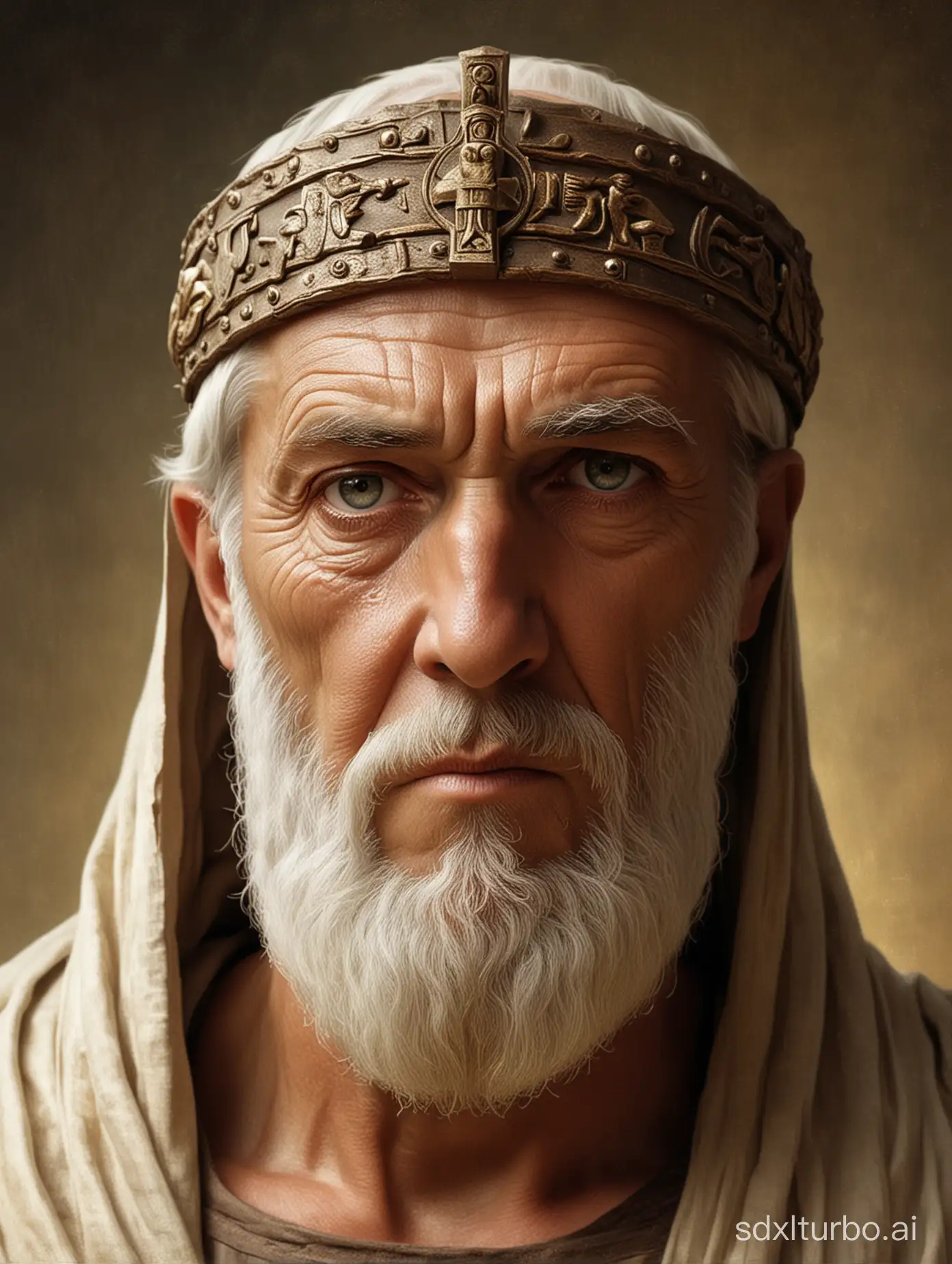
Image Prompt
Prompt
Φτιάξε μου έναν σοφό άνθρωπο της εποχής 400 μετά Χριστόν
Choose Model: realistic
Aspect Ratio: 3:4
Generated by Stable Diffusion SDXL
Related Tags
Prompt Analyze
- Subject: The central subject of the image is a wise philosopher, representing the intellectual pursuits and deep contemplation prevalent in the era of 400 AD. The philosopher could be depicted sitting in a serene setting, perhaps in a stone courtyard or library, surrounded by scrolls and books. Their posture should convey wisdom and introspection, with a furrowed brow or a hand resting on the chin. Setting: The background could feature elements characteristic of the time period, such as Roman or Greek architecture, pillars, or intricate mosaics. Soft sunlight filtering through arched windows could illuminate the scene, creating a sense of tranquility and enlightenment. Style/Coloring: The style of the image should reflect the artistry of ancient civilizations, with attention to detail and symbolism. Colors could be earthy tones like ochre, terracotta, and olive green, echoing the hues found in ancient frescoes and pottery. Action: The philosopher could be depicted engaged in deep thought, perhaps gazing into the distance or reading a scroll. Their expression should convey wisdom, with a hint of solemnity or serenity. Items: The scene could include various items associated with philosophy and intellectual pursuit, such as parchment scrolls, quill pens, a globe, or an astrolabe. These objects add depth to the image and provide context for the philosopher's contemplations. Costume/Appearance: The philosopher could be dressed in traditional attire of the time period, such as a toga or robes, signifying their scholarly status. Their appearance should be dignified and scholarly, with perhaps a beard or a laurel wreath adorning their head. Accessories: Accessories like spectacles or a philosopher's stone could be included to further emphasize the theme of wisdom and enlightenment in the image.

